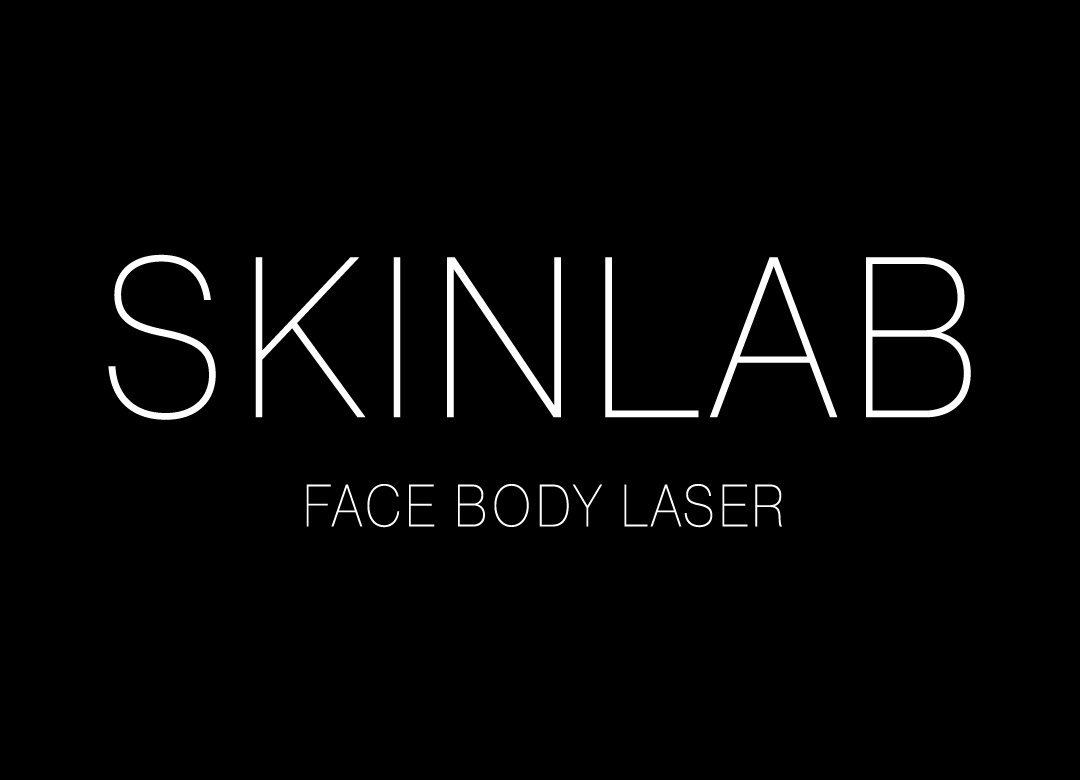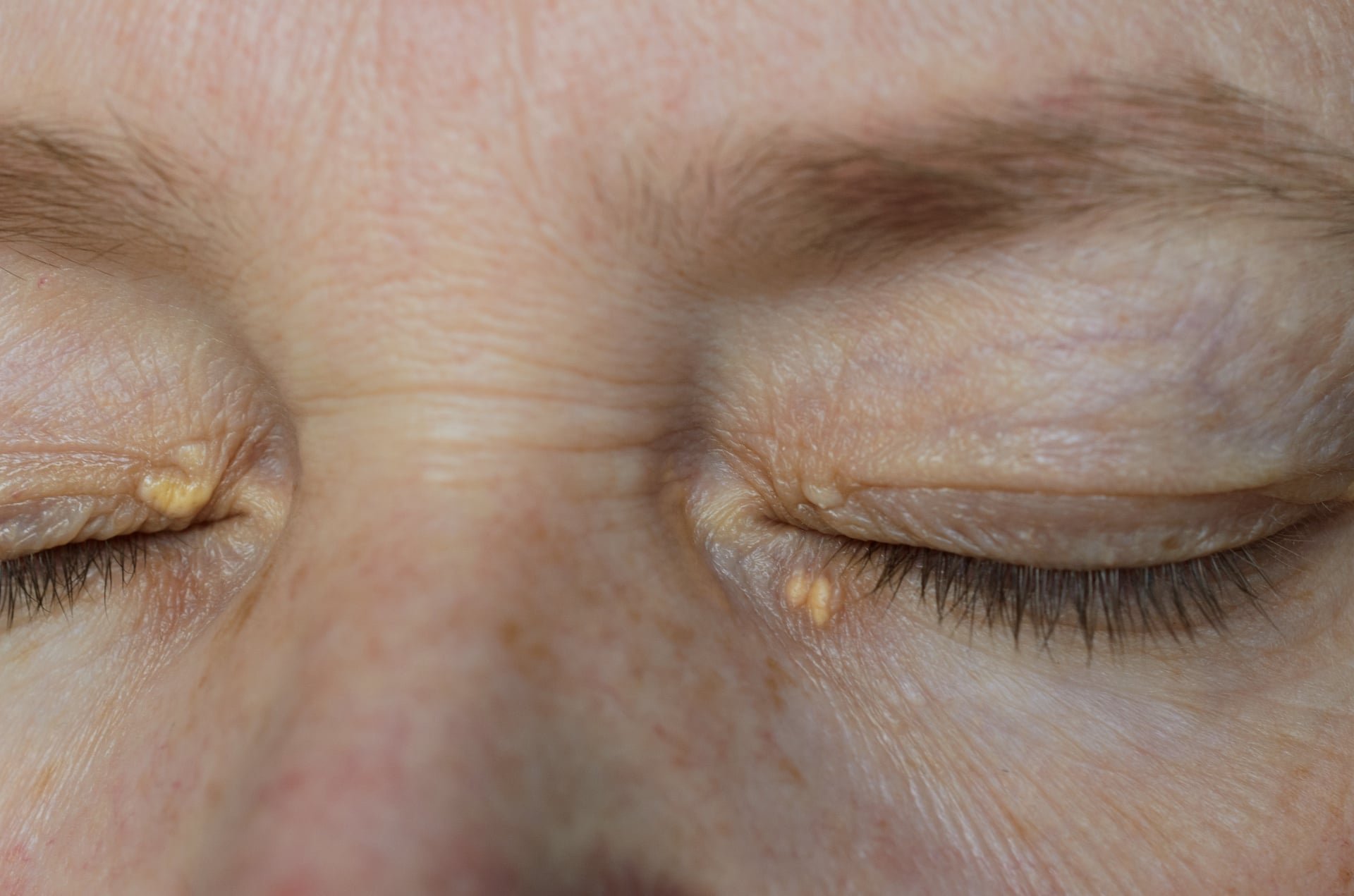
Xanthelasma Treatment
what is Xanthelasma?
Xanthelasma are yellowish, soft, and painless lumps that typically appear around the eyes, particularly near the eyelids. These growths are made up of fatty deposits that accumulate beneath the skin and often appear in small clusters.
Xanthelasma is most commonly found in people over the age of 40, although it can appear at any age.
frequently asked questions about Xanthelasma
-
Often mixed up with Milia, Syringomas are sweat gland growths that appear as small, flesh-colored or slightly yellowish bumps on the skin. They typically form around the eyes, especially on the eyelids, but can also appear on the cheeks, chest, and abdomen. These tiny bumps are often multiple, appearing in clusters, and can vary in size.
Syringomas are caused by the abnormal growth of the sweat ducts, and they are most commonly seen in young adults, particularly in women. They are typically harmless and do not cause any pain or discomfort.
-
Xanthelasma is most commonly found in people over the age of 40, although it can appear at any age. These growths are more prevalent in people with high cholesterol or lipid imbalances, as the fatty deposits are thought to be linked to these conditions. Xanthelasma can also occur in individuals with normal cholesterol levels, suggesting that genetics may also play a role in development.
-
Xanthelasma is caused by the accumulation of fatty deposits (cholesterol) under the skin, particularly around the eyes. The exact cause of these deposits isn't always clear, but several factors can contribute to their development:
High Cholesterol and Lipid Imbalances: Xanthelasma is commonly found in people with elevated cholesterol levels or lipid imbalances. The fatty deposits form as a result of excess cholesterol in the bloodstream, which can get deposited in the skin, especially around the eyelids.
Genetics: Genetics can play a significant role in the development of xanthelasma. Even individuals with normal cholesterol levels may develop these growths, suggesting a hereditary predisposition.
Age: Xanthelasma is most commonly seen in individuals over the age of 40, as cholesterol and lipid levels can change with age, making older adults more susceptible.
Underlying Health Conditions: Conditions like diabetes, obesity, and certain metabolic disorders may contribute to the development of xanthelasma by affecting cholesterol and lipid levels.
-
Xanthelasma removal with Sterex involves advanced electrolysis techniques, such as diathermy and electrocoagulation. A fine, sterile needle is inserted into the blemish, and a small electrical current is applied. This process cauterises the lesion without damaging the surrounding healthy tissue, ensuring precise removal.
-
Sterex are renowned for their precision and reliability. They provide SKINLAB with the tools needed to deliver safe, effective and accurate treatments. The system's simplicity and efficiency makes it a natural choice for us.
-
Following your treatment, a soothing aftercare gel will be applied, and you’ll receive detailed aftercare instructions. It's crucial to follow these guidelines to promote optimal healing and prevent any unwanted reactions. Our team will support you with your aftercare.
-
Yes, electrolysis has been safely used for over a century. At SKINLAB, we prioritise your safety and comfort, ensuring each treatment is performed by a skilled member of our team.
See our training here.
-
Some people may experience mild discomfort, often described as a tingling or minor sting - however, the brief sensation is usually very minimal.
When performed correctly, side effects are minimal. Our team will guide you through the aftercare process to ensure the best results.
See our training here.
-
Treatment time varies depending on the number of blemishes but generally ranges from 5 to 20 minutes.
Preparation
-
For Sterex Machine Skintag Removal a consultation and patch test is required.
The cost for this is £25 but is redeemable against treatment.
-
Avoid tanning, excessive sun exposure, and applying any harsh chemicals to the area to be treated.
-
On the day of the procedure, the area around the skin tag will be cleaned and prepared.
Aftercare
-
Reddening, swelling and sensitivity of the skin in the area for up to 48 hours.
The treated area and surrounding skin may feel hot for up to 48 hours.
Pin dot crusts or small scabs may appear in the treated area.
The skin may itch as the healing process takes place.
-
Pin dot crusts or scabs may appear which seal the skin and prevent infection.
These must not be rubbed or picked off, as to do so may result in scarring.
The Crusts or scabs are tiny and often are ‘felt’ rather than ‘seen’. - Do not touch, rub or irritate the treated area.
When washing and cleansing around the area, use a gentle soap or perfume free cleanser and gently pat the area dry to avoid dislodging any crusts or scabs.
Avoid activities for 48 hours that stimulate blood flow following vascular treatments, e.g. exercise, hot showers, hot baths, hot spicy foods and alcohol.
Avoid activities for 48 hours that may irritate or dislodge any crusts or scabs, e.g. swimming, saunas, steam rooms, facial steaming, facial scrubs, waxing and other beauty treatments until the area has completely healed.
Do not fly within 48 hours following a vascular treatment. - You must keep out of UV light completely during the healing process and as much as possible thereafter.
Once healed, cover and protect sun exposed areas using a good quality, high factor sunscreen at all times, particularly in the summer months.
Avoid the possible causes of vascular blemishes, for example, wearing tight fitting glasses, squeezing spots, careless or erratic tweezing or blowing nose too vigorously.
Avoid using any possible skin sensitisers or irritants such as perfumes, fake tan products or perfumed body lotions until skin is healed.
Should you have any concerns regarding your treatment please contact the salon/clinic or your Aesthetic Electrologist™
Pricing TBC
Join the waitlist for more information
What our clients are saying
Cancellations must be received no later than 48 hours prior to the arrival date of your appointment.
Treatment deposits are non-refundable if the booking is cancelled within 48 hours of your appointment, as per our cancellation policy. However, if you wish to reschedule or cancel outside of the 48-hour period we will happily transfer your appointment or refund you the deposit amount.

Book Xanthelasma removal
With years of experience and training, our team will develop a treatment plan that is tailored to your specific skin goals and help you achieve the results you deserve.

